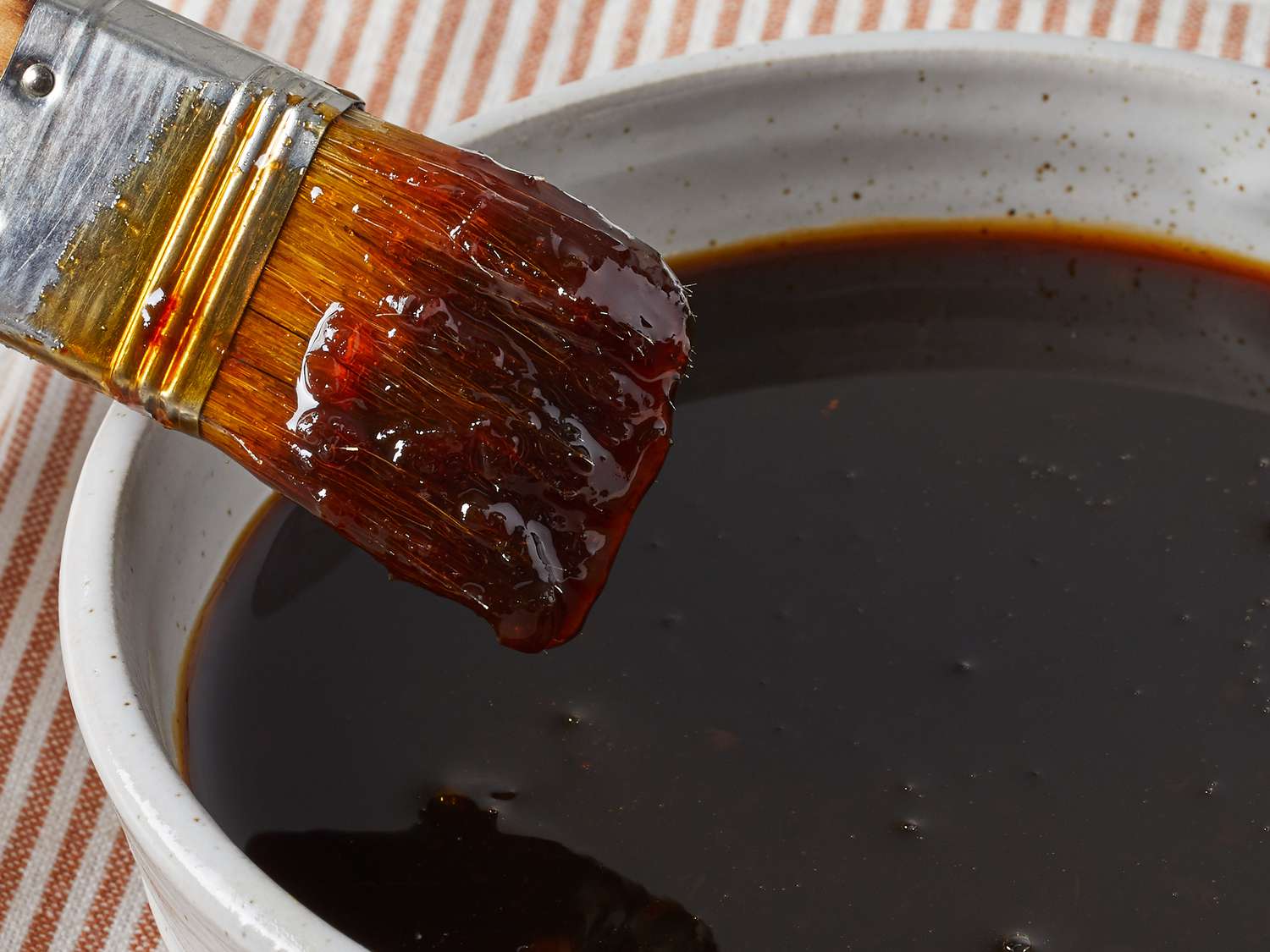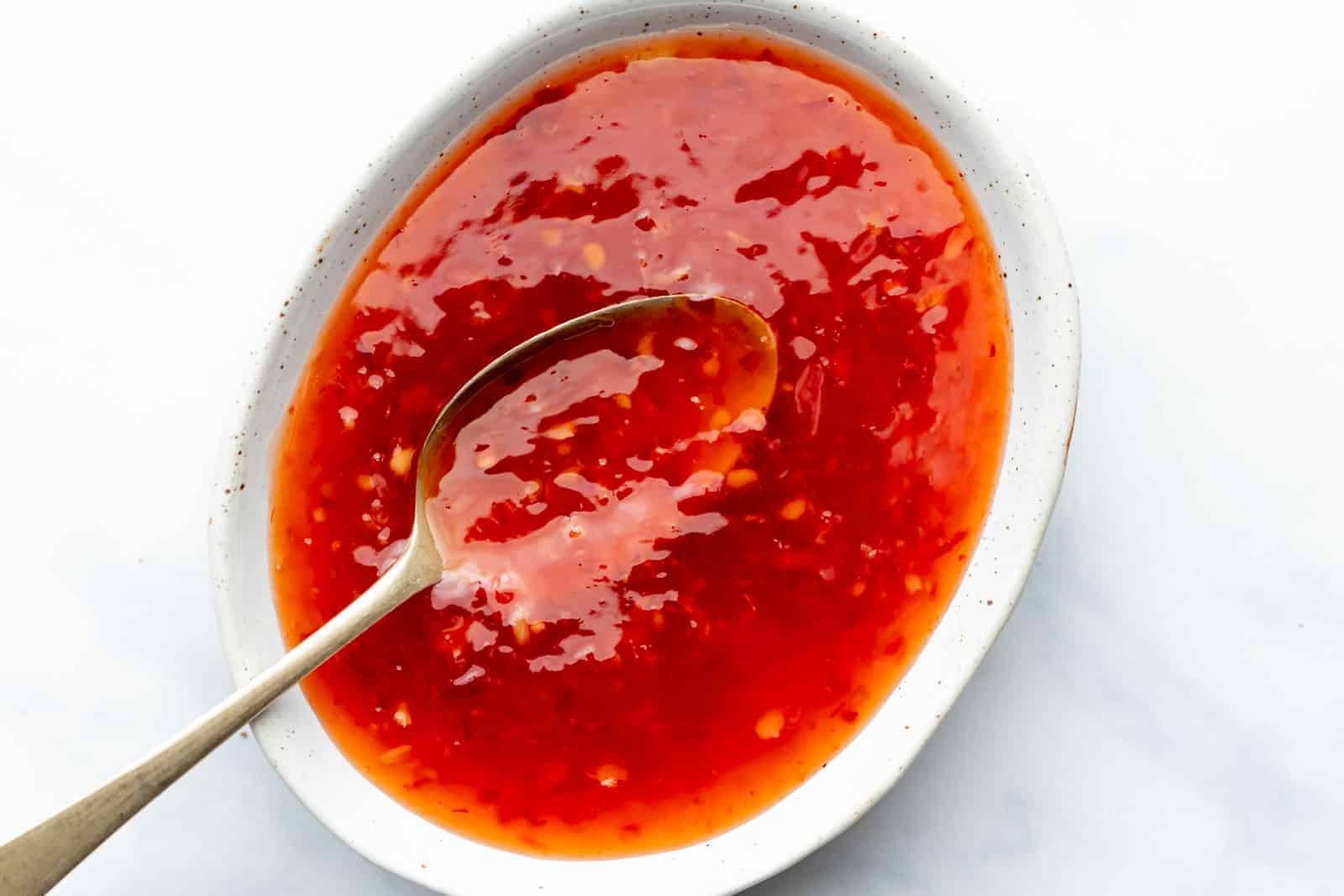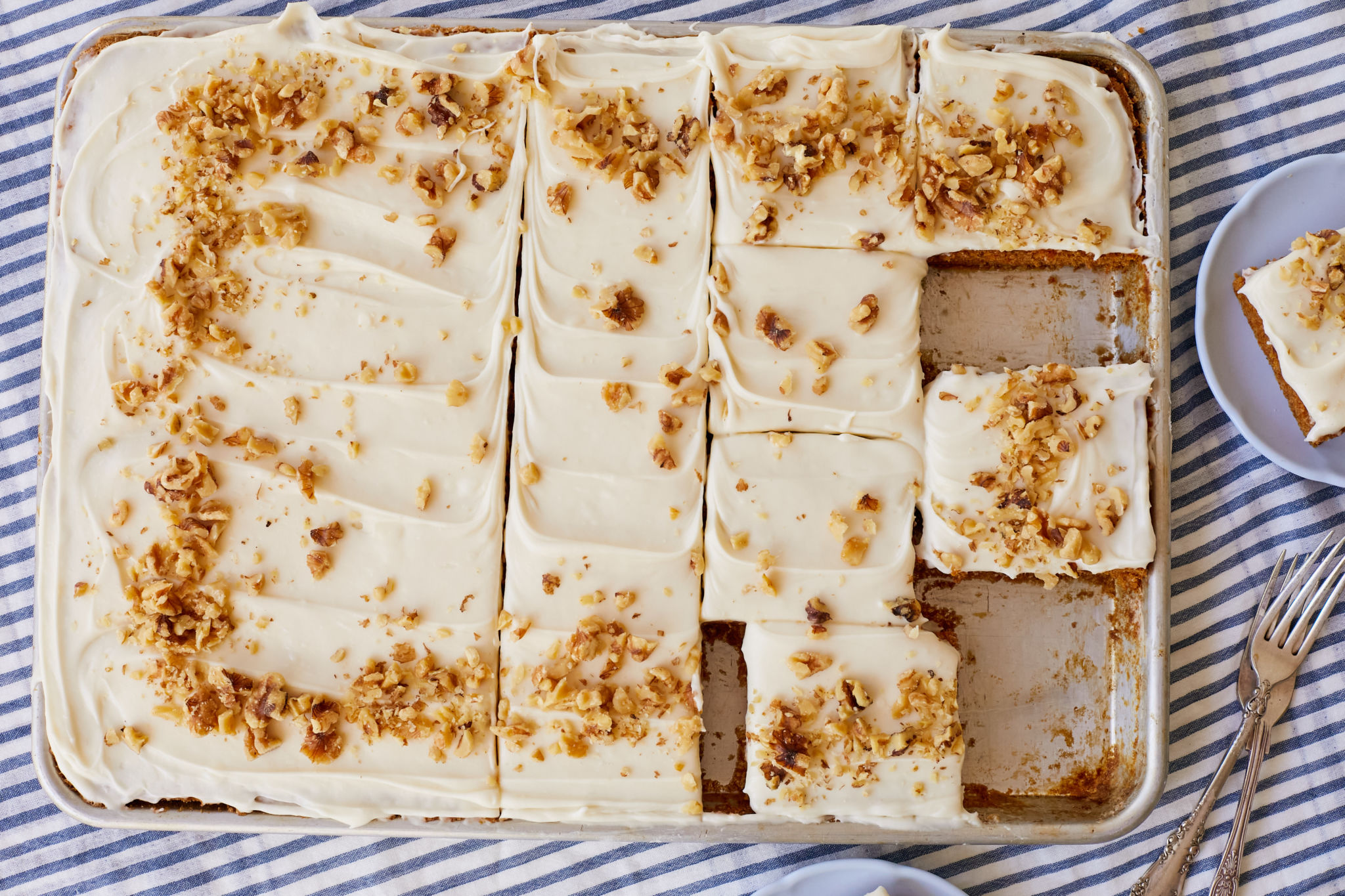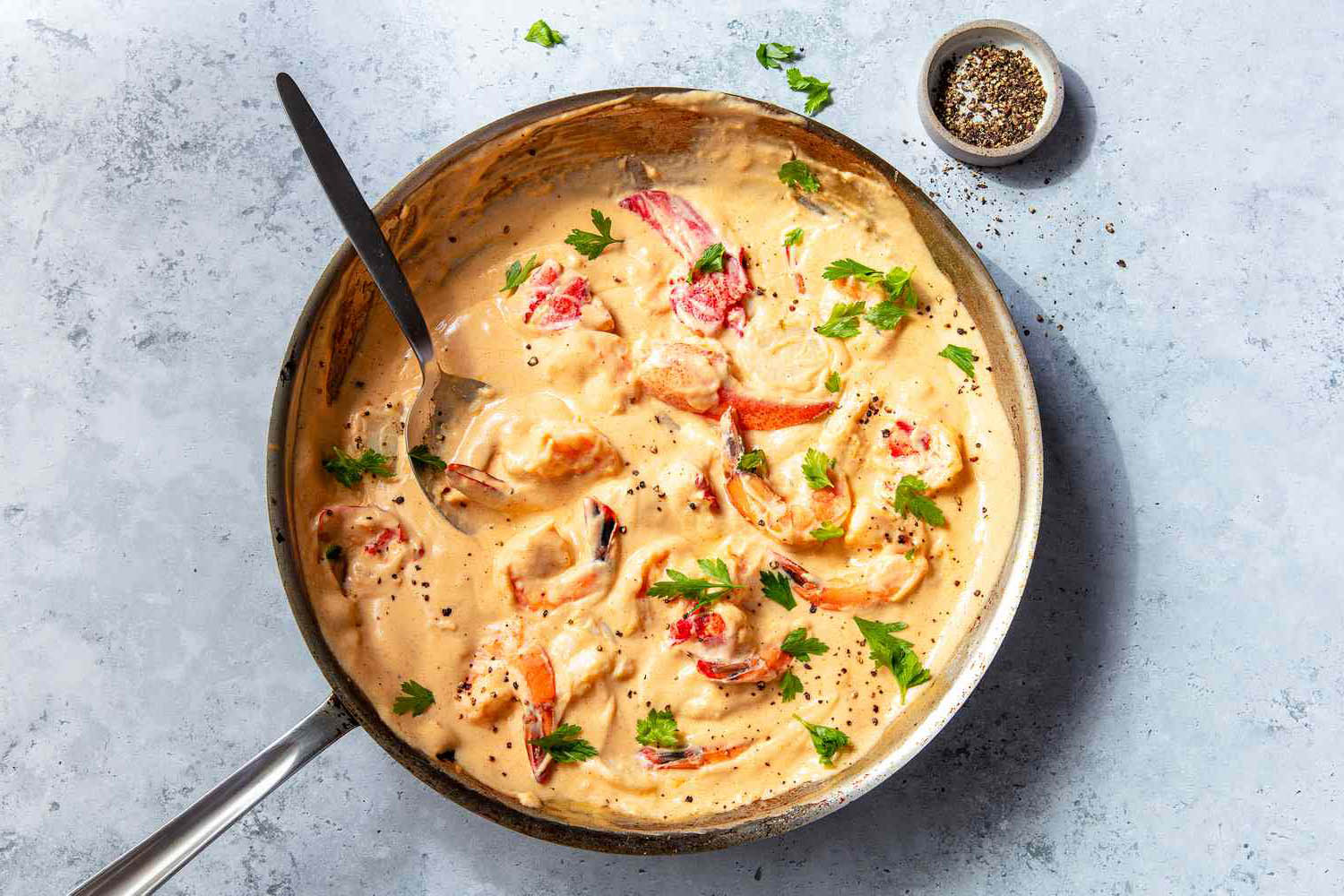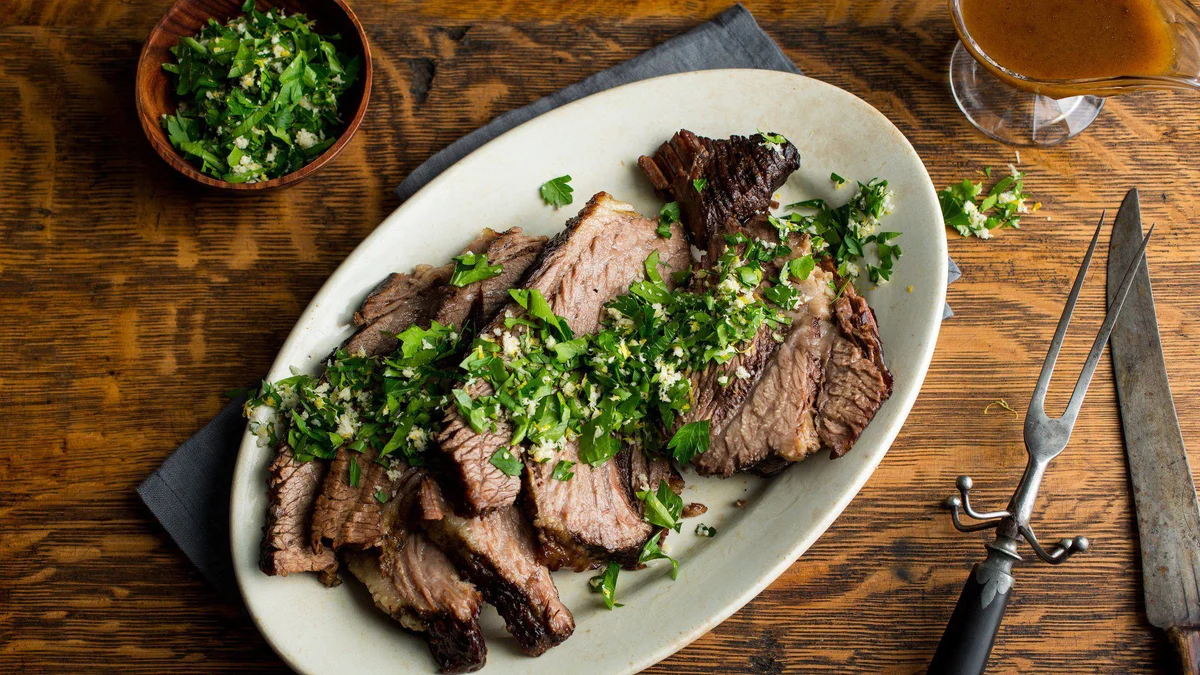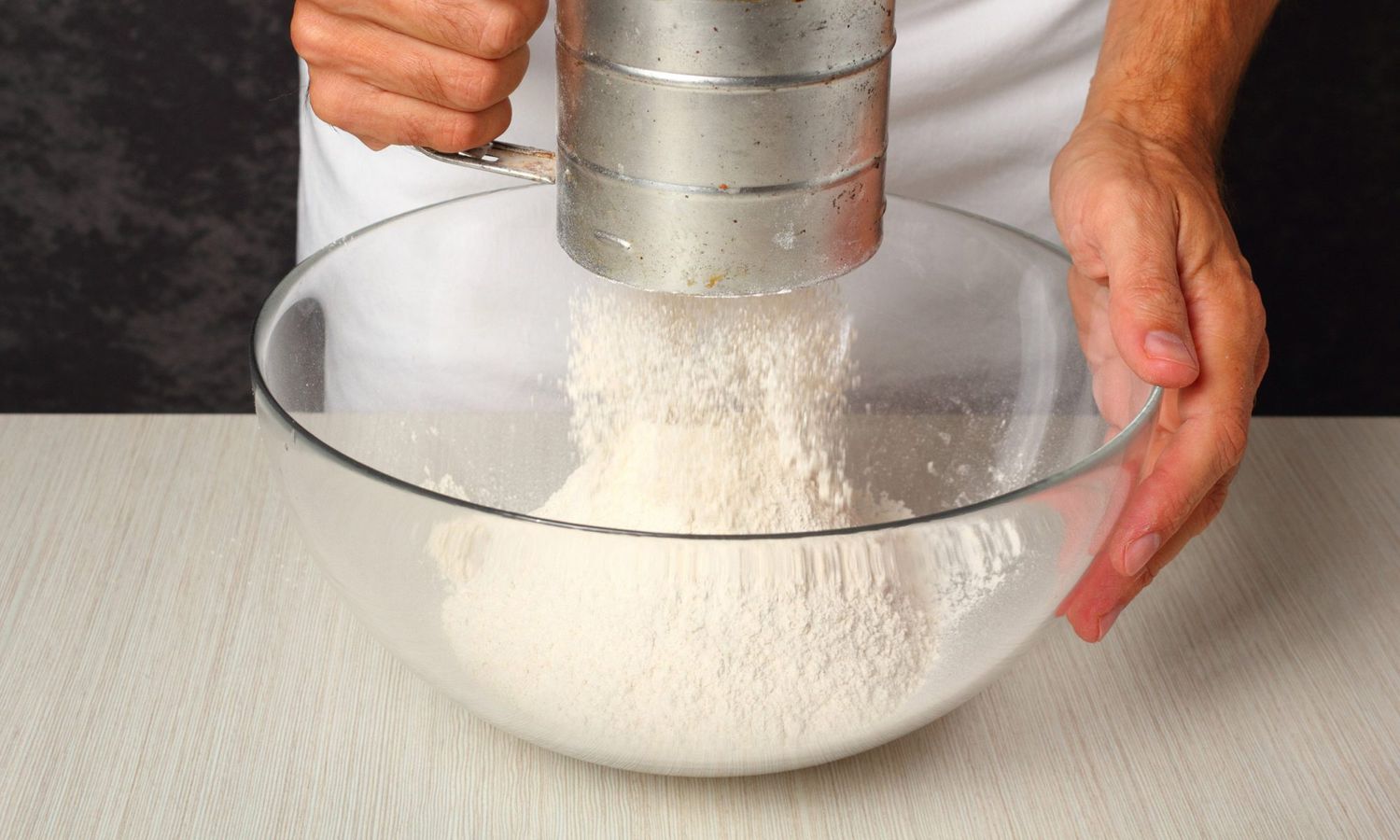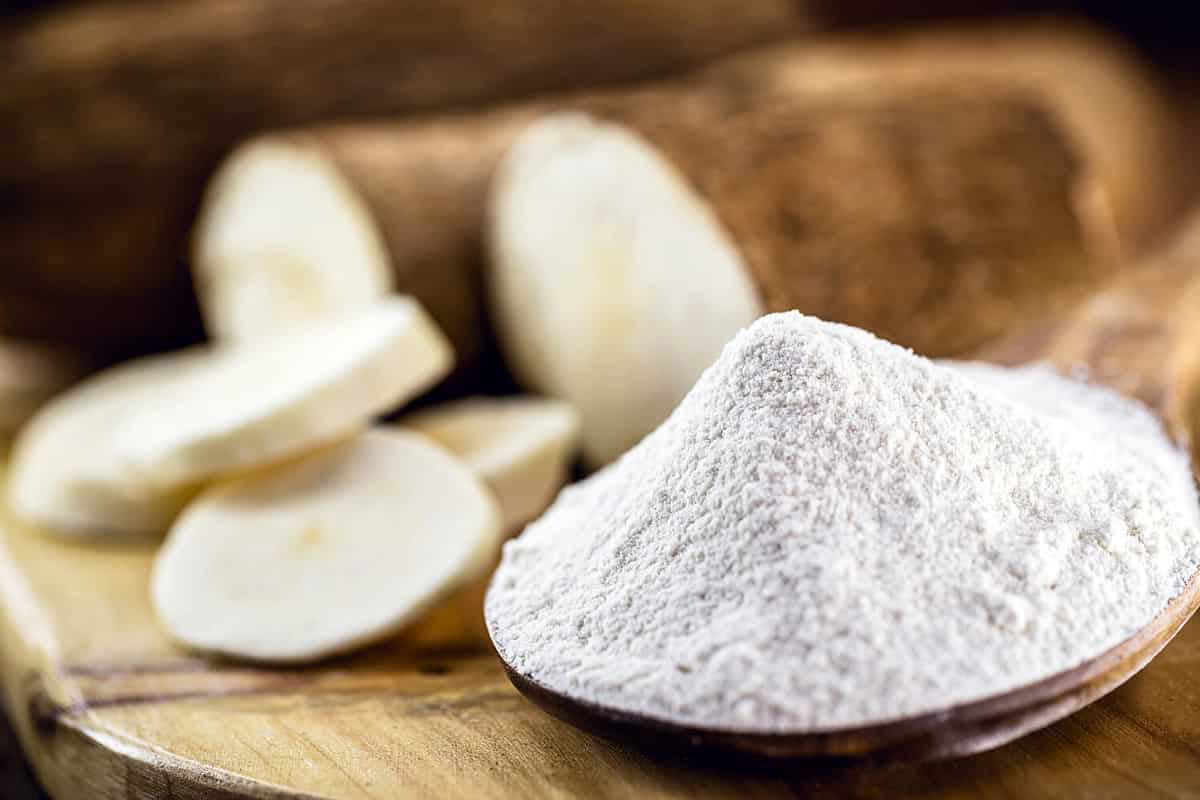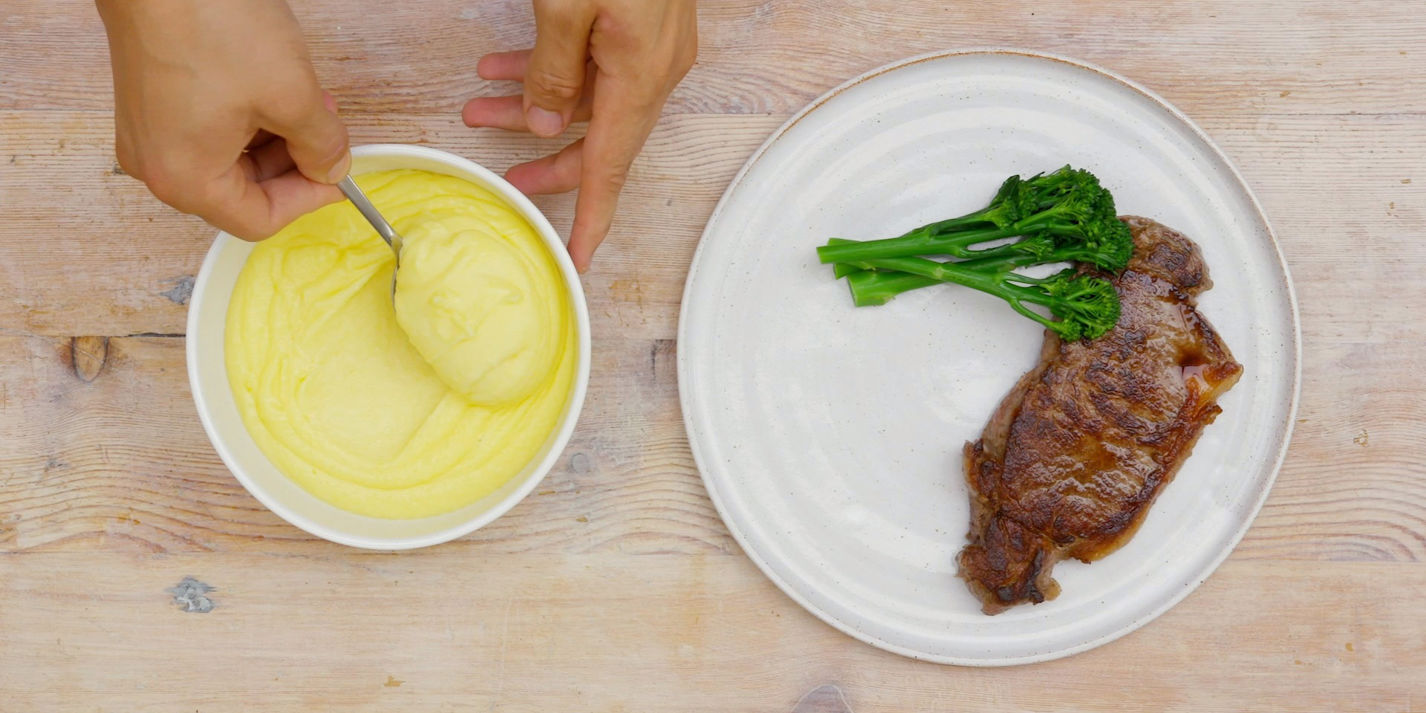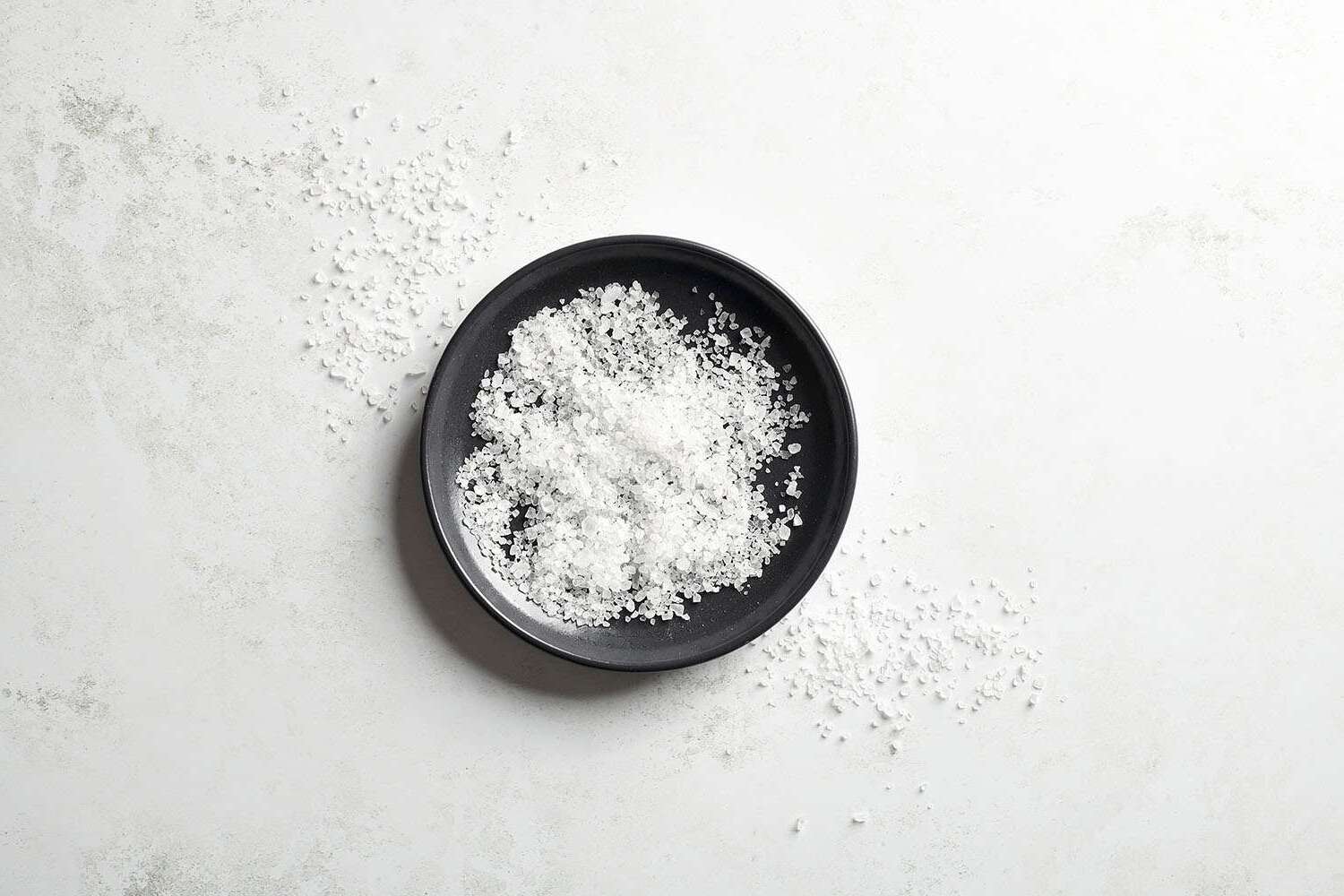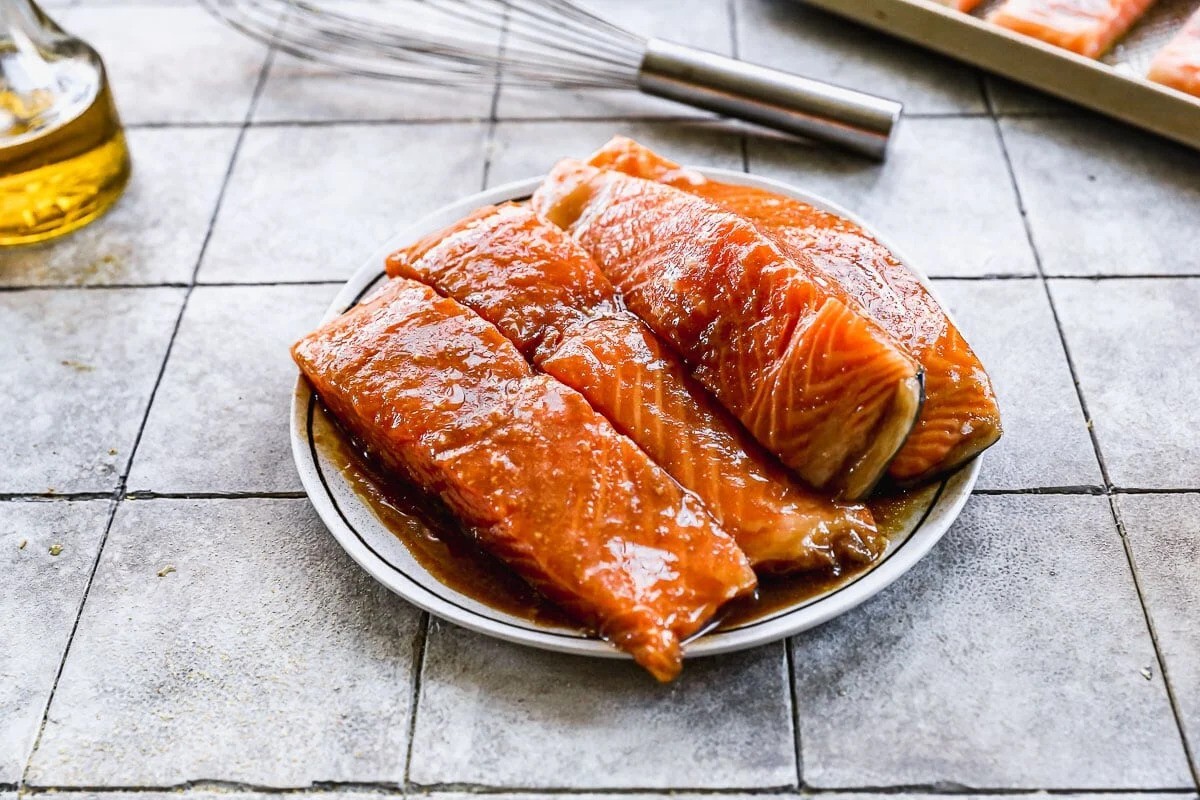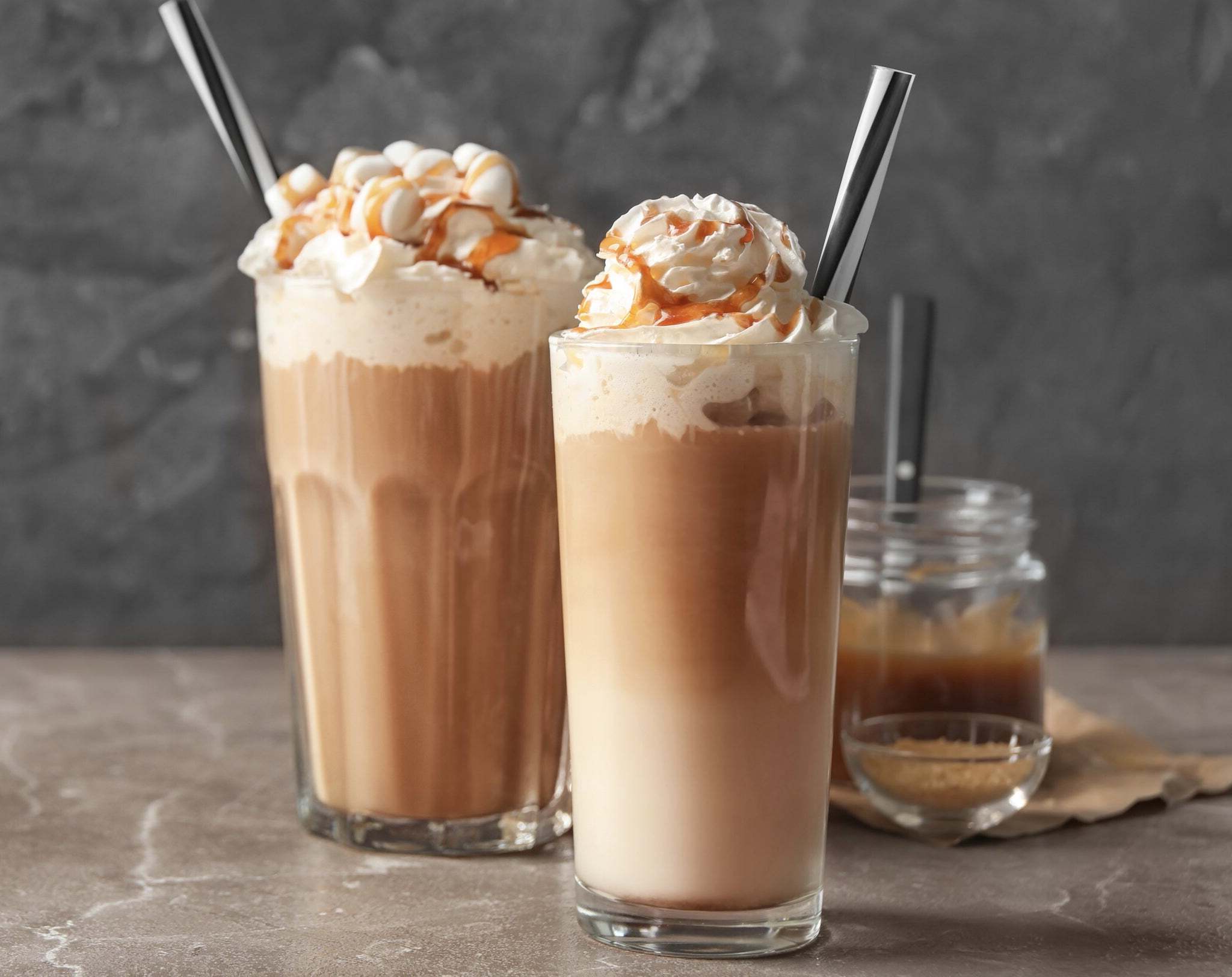Exploring the Delights of Persian Cuisine
When it comes to experiencing the rich and diverse flavors of the Middle East, Persian food stands out as a true culinary gem. With its unique blend of aromatic spices, fresh herbs, and tender meats, Persian cuisine offers a delightful journey for the taste buds. Let’s take a closer look at what makes Persian food so special.
The Essence of Persian Cuisine
Persian cuisine is deeply rooted in tradition and history, reflecting the influence of ancient civilizations and the diverse landscapes of Iran. The use of saffron, rose water, and pomegranate is common in Persian dishes, adding a distinct and exotic flavor profile that sets it apart from other regional cuisines.
Key Ingredients
Rice is a staple in Persian cuisine, often served with a crispy golden crust known as “tahdig.” This fragrant and fluffy rice pairs perfectly with tender lamb, chicken, or beef, which are commonly marinated in a blend of yogurt, saffron, and aromatic spices.
Herbs such as mint, parsley, and cilantro are also widely used in Persian cooking, adding a fresh and vibrant touch to many dishes. Fruits like pomegranates and dried limes are often incorporated to create a harmonious balance of sweet and tangy flavors.
Signature Dishes
One of the most beloved Persian dishes is kebab, featuring tender chunks of marinated meat grilled to perfection and served with fluffy saffron-infused rice. Another iconic dish is ghormeh sabzi, a flavorful herb stew made with a combination of fresh herbs, kidney beans, and tender chunks of meat.
Tahchin, a savory rice cake layered with tender pieces of chicken or lamb, is a true delight for the senses. And let’s not forget about fesenjan, a rich and velvety stew made with ground walnuts and pomegranate molasses, creating a unique sweet and savory flavor that is simply irresistible.
The Art of Hospitality
In Persian culture, hospitality is of utmost importance, and this is reflected in the generous and elaborate feasts that are often prepared for guests. Sharing a meal is a cherished tradition, and it is not uncommon for a Persian host to go above and beyond to ensure that their guests are well-fed and satisfied.
Conclusion
From the aromatic spices to the vibrant colors and bold flavors, Persian cuisine offers a truly unforgettable dining experience. Whether you’re savoring a succulent kebab or indulging in a fragrant rice dish, each bite tells a story of tradition, culture, and culinary mastery. So, the next time you have the opportunity to sample Persian food, be sure to savor every moment and delight in the rich tapestry of flavors that this ancient cuisine has to offer.
Was this page helpful?
Read Next: What Is Olive Garden’s Salad Dressing?
